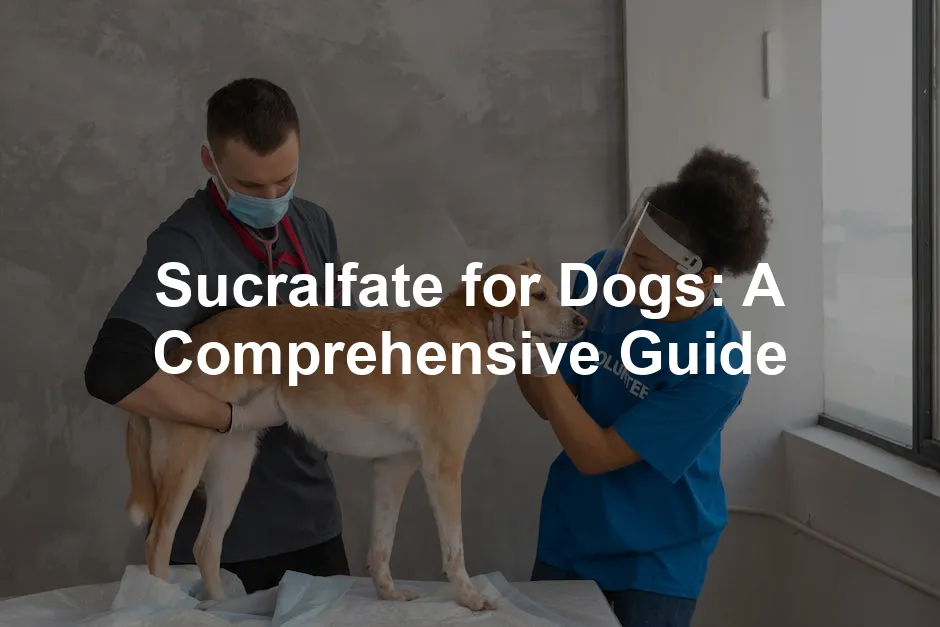Introduction
Sucralfate is a medication used in veterinary medicine. Its primary purpose is to treat gastrointestinal issues in dogs. If your furry friend suffers from ulcers or other stomach problems, sucralfate might be part of the solution.
Speaking of furry friends, keeping them healthy is a top priority! Don’t forget to check out this amazing Dog Health Monitoring Thermometer. It’s quick and efficient, so you can keep an eye on your pup’s temperature without the fuss!
Summary and Overview
Sucralfate is an important medication for treating ulcers in dogs. It works by creating a barrier over the ulcers, protecting them from stomach acid. This protective action allows the ulcers to heal more effectively. Many veterinarians prescribe sucralfate off-label, meaning it’s used in a way not specifically approved for pets. You can find sucralfate in tablet and liquid forms, making it easier to administer based on your dog’s needs.
While you’re at it, make sure your dog is entertained! A Dog Chew Toy can keep them busy and help with dental health. Because who doesn’t love a good chew?
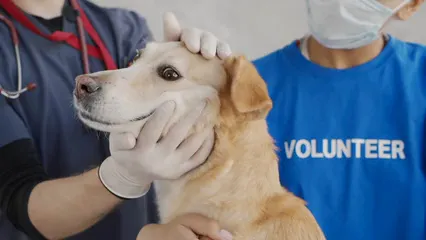
What is Sucralfate?
Sucralfate is a medication that protects the digestive tract lining. It consists of a complex of sucrose and aluminum hydroxide. Commonly known by its brand names, Carafate and Sulcrate, it has a specific role in treating ulcers. When administered, sucralfate interacts with stomach acid, forming a sticky, protective gel that adheres to the ulcerated areas. This barrier prevents further irritation and promotes healing. In veterinary practice, sucralfate is often prescribed off-label to dogs. It’s crucial to consult your veterinarian for guidance on its use and potential benefits for your pet.
Uses of Sucralfate in Dogs
Primary Indications
Sucralfate treats several specific conditions in dogs. Its primary use is for ulcers in the stomach, esophagus, and intestines. These ulcers can result from various factors, including medications like NSAIDs. Conditions such as esophagitis and gastritis also benefit from sucralfate treatment. For dogs at risk of developing ulcers, this medication can be used preventatively. This protective action helps maintain the integrity of the gastrointestinal tract. If you suspect your dog may need sucralfate, it’s best to discuss this with your veterinarian to determine its appropriateness for your dog’s condition.
But wait, there’s more! If you’re looking to keep your pup’s tummy happy, consider adding Dog Probiotics to their diet. They help with digestion and can improve overall gut health!
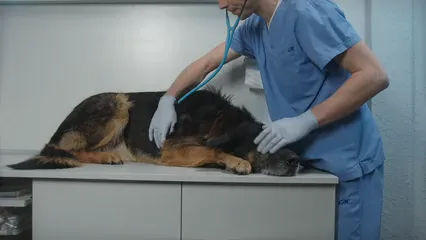
How Sucralfate Works
Sucralfate is a unique medication that creates a protective barrier in your dog’s stomach. When it comes into contact with stomach acid, it forms a sticky gel. This gel adheres to ulcerated tissues, effectively shielding them from further damage. It acts like a bandage, preventing irritation caused by gastric fluids.
The protective gel not only guards against stomach acid but also promotes healing. It stimulates local production of substances that aid in tissue repair. This mechanism is crucial for dogs suffering from gastrointestinal ulcers, allowing for recovery without additional damage.
However, sucralfate can interact with other medications. It’s important to space out the timing of sucralfate and other drugs by at least two hours to ensure effective absorption. Understanding how sucralfate works can help you in its administration, making it easier to manage your dog’s health.
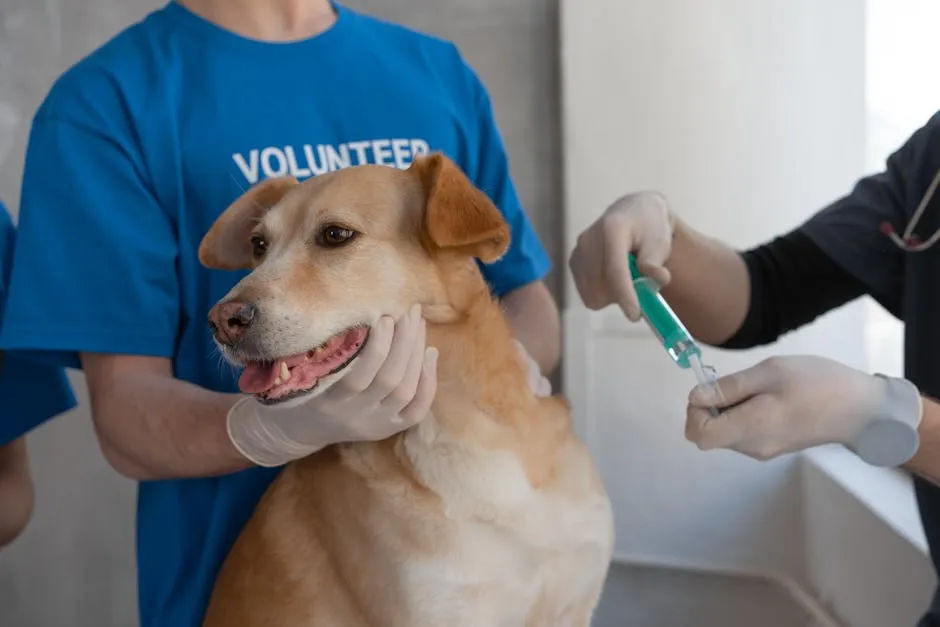
Dosing and Administration
When it comes to dosing sucralfate, the amount varies based on your dog’s size and condition. For small dogs, a typical dose is around 0.25 to 0.5 grams every six to eight hours. Medium to large dogs may require 0.5 to 1 gram at the same intervals. Always follow your veterinarian’s specific guidance to ensure proper dosing.
Timing is crucial for effective administration. Sucralfate should be given on an empty stomach, ideally one hour before meals or two hours after. This timing enhances its effectiveness by allowing the medication to coat the gastrointestinal lining without interference from food.
If your dog has difficulty swallowing tablets, you can crush them and mix with a small amount of water. This slurry can then be administered using a syringe. Consistency is key, so ensure you maintain the dosing schedule your vet recommends.
And speaking of keeping your dog comfortable, a Dog Bed is essential for a good night’s sleep. After all, a well-rested dog is a happy dog!

Side Effects and Precautions
While sucralfate is generally safe, some side effects can occur. Commonly reported issues include constipation and mild vomiting. These side effects are usually temporary but can be concerning. It’s essential to monitor your dog closely after starting treatment.
If your dog experiences constipation, it’s important to understand the underlying causes and solutions. You can learn more about this in our detailed guide on dog constipation.
Serious risks are rare, but complications can arise if your dog has existing health conditions. If you notice blood in your dog’s stool or vomit, seek veterinary care immediately.
In case of side effects, contact your vet for advice. They may suggest adjusting the dosage or trying an alternative treatment. Always keep your veterinarian informed about any medications your dog is taking to avoid potential interactions. Being vigilant can help ensure your dog’s treatment is successful and safe.
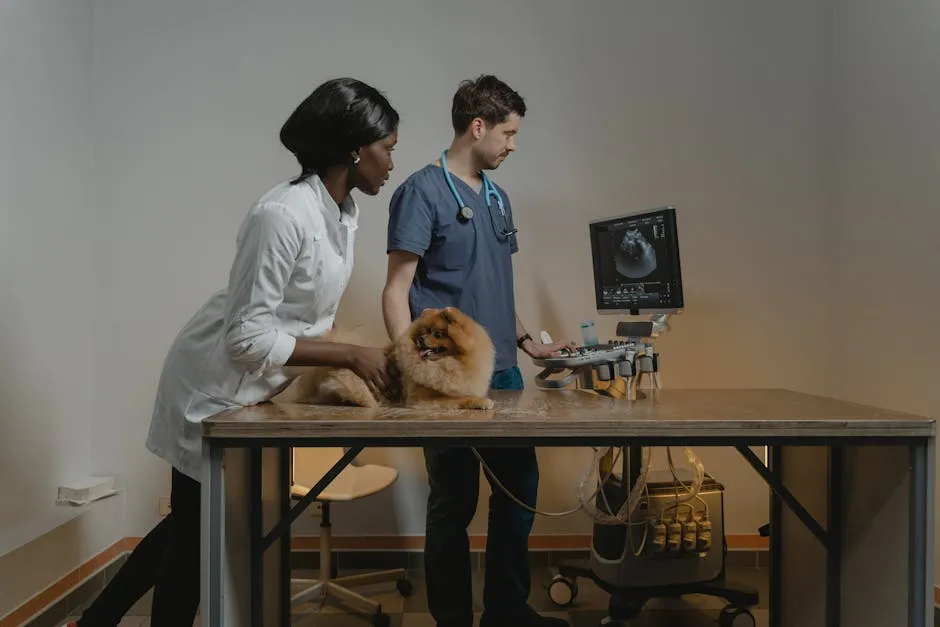
Drug Interactions
Sucralfate can interact with various medications, making it essential to be aware of these potential interactions. Some common drugs that may interfere with sucralfate’s effectiveness include:
- Tetracycline antibiotics
- Phenytoin (for seizures)
- Digoxin (heart medication)
- Fluoroquinolone antibiotics such as enrofloxacin
- Ketoconazole (antifungal)
- Theophylline (for airway dilation)
- Thyroxine (thyroid hormone)
- Azithromycin (antibiotic)
When given together, sucralfate can bind to these medications, which may reduce their absorption and efficacy. To avoid this, it’s vital to space out administration. Aim to give sucralfate at least two hours apart from other medications.
Timing is crucial for effective treatment. Always inform your veterinarian about all medications your dog is currently taking, including supplements and over-the-counter drugs. This step helps ensure your dog’s safety and the effectiveness of their treatment plan.
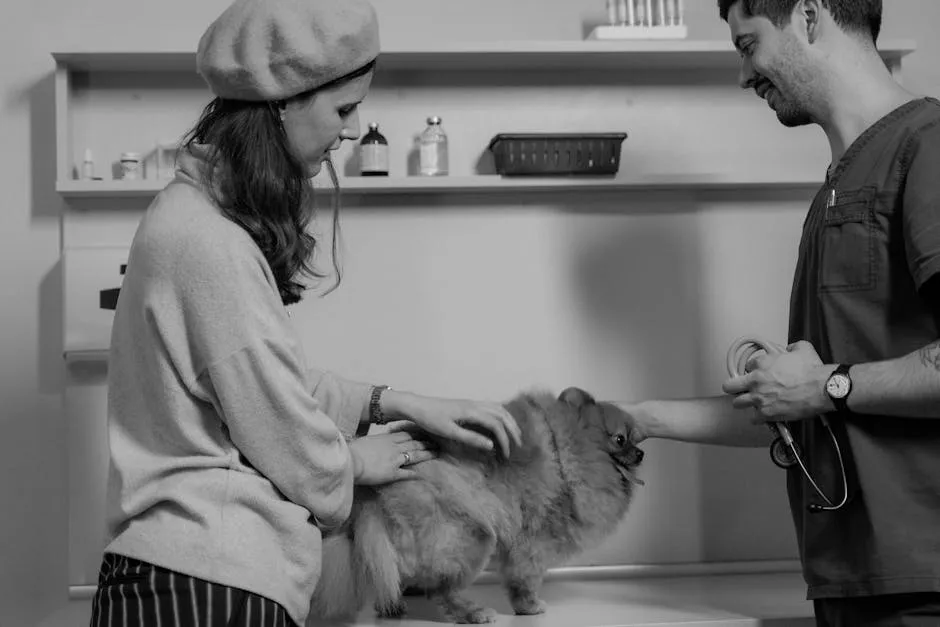
Monitoring Your Dog on Sucralfate
Regular check-ups are crucial while your dog is on sucralfate. Monitoring ensures the medication’s effectiveness and helps catch potential side effects early. Look for signs that sucralfate is working, such as reduced discomfort and improved appetite. If your dog seems lethargic, refuses food, or exhibits unusual behavior, these could be signs that the medication isn’t effective.
If you’re traveling or out and about, a Dog Water Bottle for Travel is a must-have. Hydration is key to keeping your pup healthy and happy!
Contact your vet if you notice any of these symptoms or if your dog seems to be worsening. Additionally, if you observe blood in stools or vomit, this could indicate a more serious issue requiring immediate veterinary attention.
Routine health check-ups will help you stay informed about your dog’s progress and overall well-being. Schedule these visits to keep a close eye on your furry friend’s health while they are receiving treatment.

Conclusion
Sucralfate plays a vital role in managing gastrointestinal issues in dogs, particularly ulcers. By forming a protective barrier, it helps promote healing and improves your dog’s quality of life. However, following veterinary advice is crucial for effective treatment. Regular monitoring and communication with your vet can address any concerns promptly. Always consult your veterinarian for personalized advice regarding your dog’s treatment.
And let’s not forget the fun stuff! Treat your pup to some Dog-Friendly Ice Cream for a special treat. Because who doesn’t love ice cream, right?
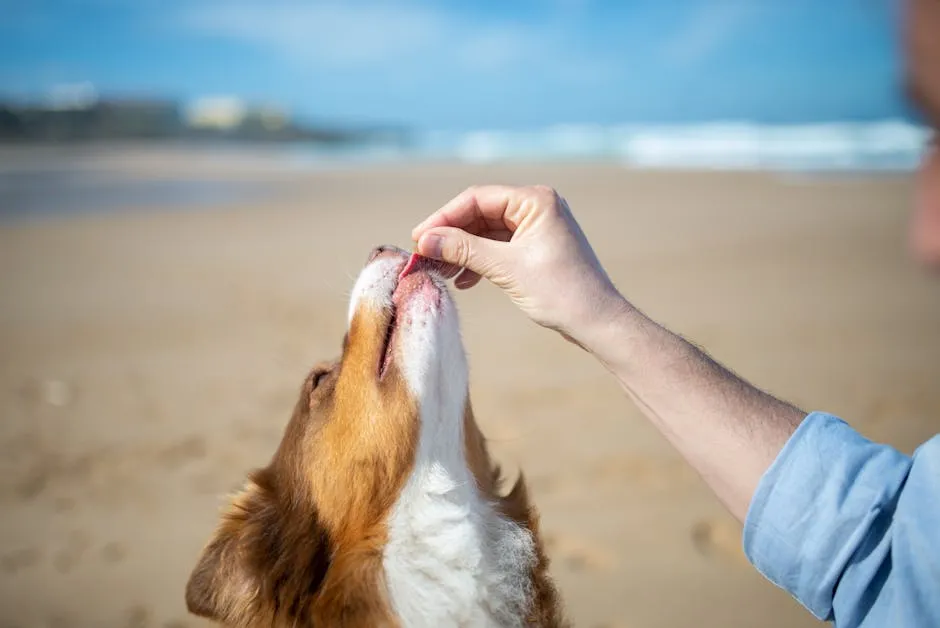
FAQs
What is sucralfate used for in dogs?
Sucralfate is primarily used to treat ulcers in dogs. It forms a protective barrier over the ulcerated areas in the stomach and intestines. This barrier shields the ulcers from stomach acid, allowing them to heal. It’s also effective for conditions like esophagitis and gastritis. By protecting the gastrointestinal lining, sucralfate promotes healing and alleviates discomfort. If your dog has gastrointestinal issues, sucralfate might be a beneficial part of their treatment plan.
How should I administer sucralfate to my dog?
Administer sucralfate on an empty stomach for best results. You can give it one hour before meals or two hours after. If your dog struggles with tablets, crush them and mix with water to create a slurry. This method can make it easier for your dog to take the medication. Always follow your veterinarian’s dosing instructions to ensure effective treatment. Consistency in administration is vital for optimal recovery.
Are there any serious side effects of sucralfate?
While sucralfate is generally safe, some dogs may experience side effects. Common issues include constipation and mild vomiting. Serious side effects are rare, but if you notice blood in your dog’s vomit or stool, seek veterinary help immediately. Monitoring your dog closely during treatment is essential. If you observe any concerning symptoms or unusual behavior, contact your veterinarian for guidance.
Can sucralfate be given with food?
Sucralfate should be administered on an empty stomach. Giving it with food can limit its effectiveness. For the best results, wait at least one hour after administering sucralfate before feeding your dog. This timing allows the medication to coat the gastrointestinal lining properly, maximizing its protective benefits. Always consult your veterinarian for specific recommendations regarding your dog’s treatment.
What should I do if I miss a dose of sucralfate?
If you miss a dose of sucralfate, give it as soon as you remember. However, if it’s almost time for the next dose, skip the missed dose and continue with the regular schedule. Do not give two doses at once. Consistency is key, so try to administer sucralfate at the same times each day. If you’re unsure or have concerns, reach out to your veterinarian for advice.
How long will it take for sucralfate to work in my dog?
After administering sucralfate, you may wonder how long it takes to see effects. Typically, sucralfate starts working within one to two hours. The protective barrier it forms over ulcers helps alleviate discomfort quickly. However, healing may take longer, often requiring several days to weeks. You might not notice immediate changes in your dog’s behavior or symptoms right away. Each dog responds differently, so patience is key. Regular check-ins with your vet can help ensure that the treatment plan is effective.
Is sucralfate safe for all dogs?
Sucralfate is generally safe for many dogs, but precautions are necessary. Certain health conditions can complicate its use. For instance, dogs with known allergies to sucralfate should avoid this medication. Additionally, if your dog has a history of constipation, monitor them closely while on sucralfate. It’s important to inform your veterinarian about any other medications your dog is taking. Some drugs may interact with sucralfate, affecting its effectiveness. Always consult your vet to determine the best course of action for your furry friend.
Please let us know what you think about our content by leaving a comment down below!
Thank you for reading till here 🙂
All images from Pexels

